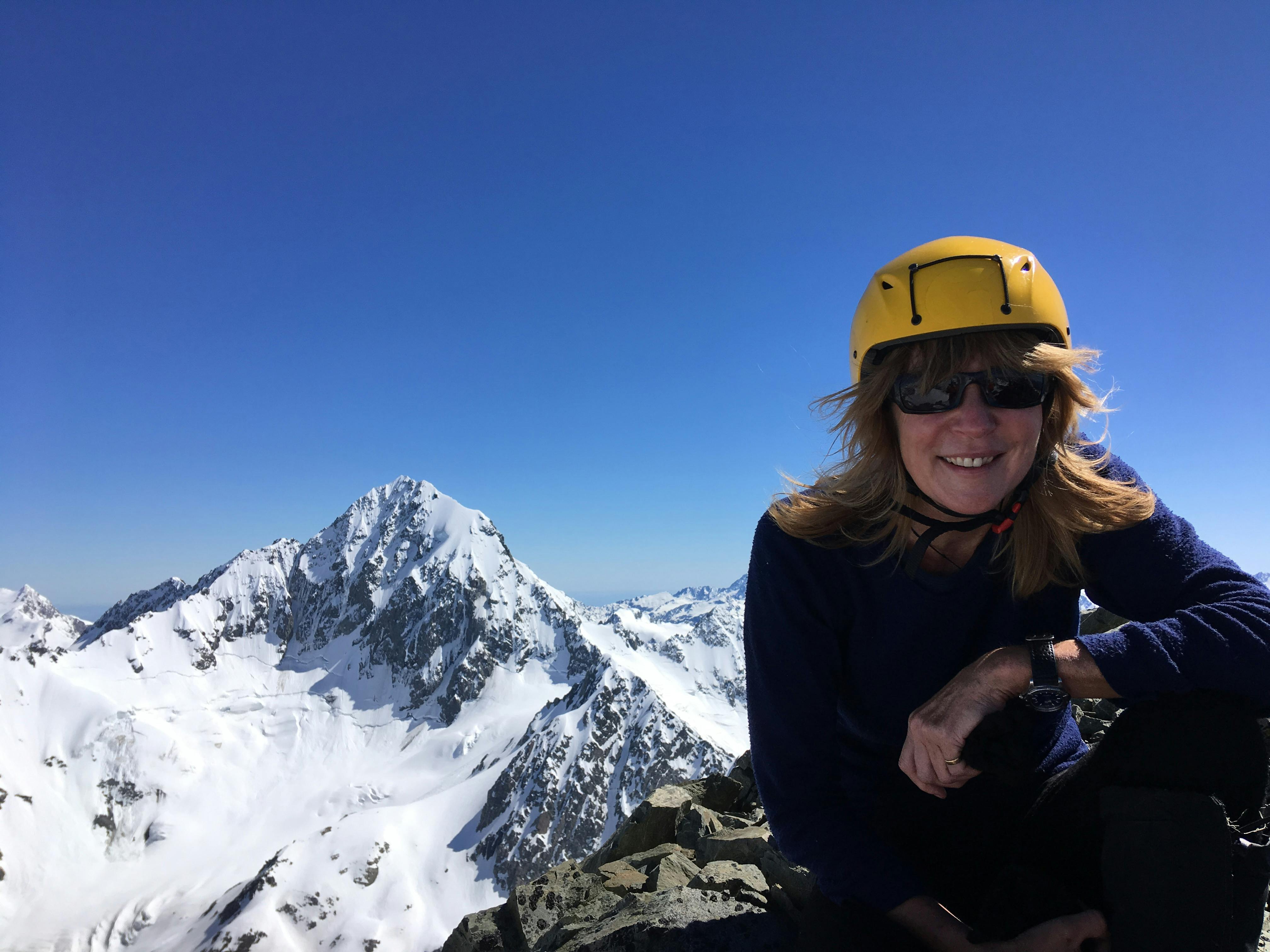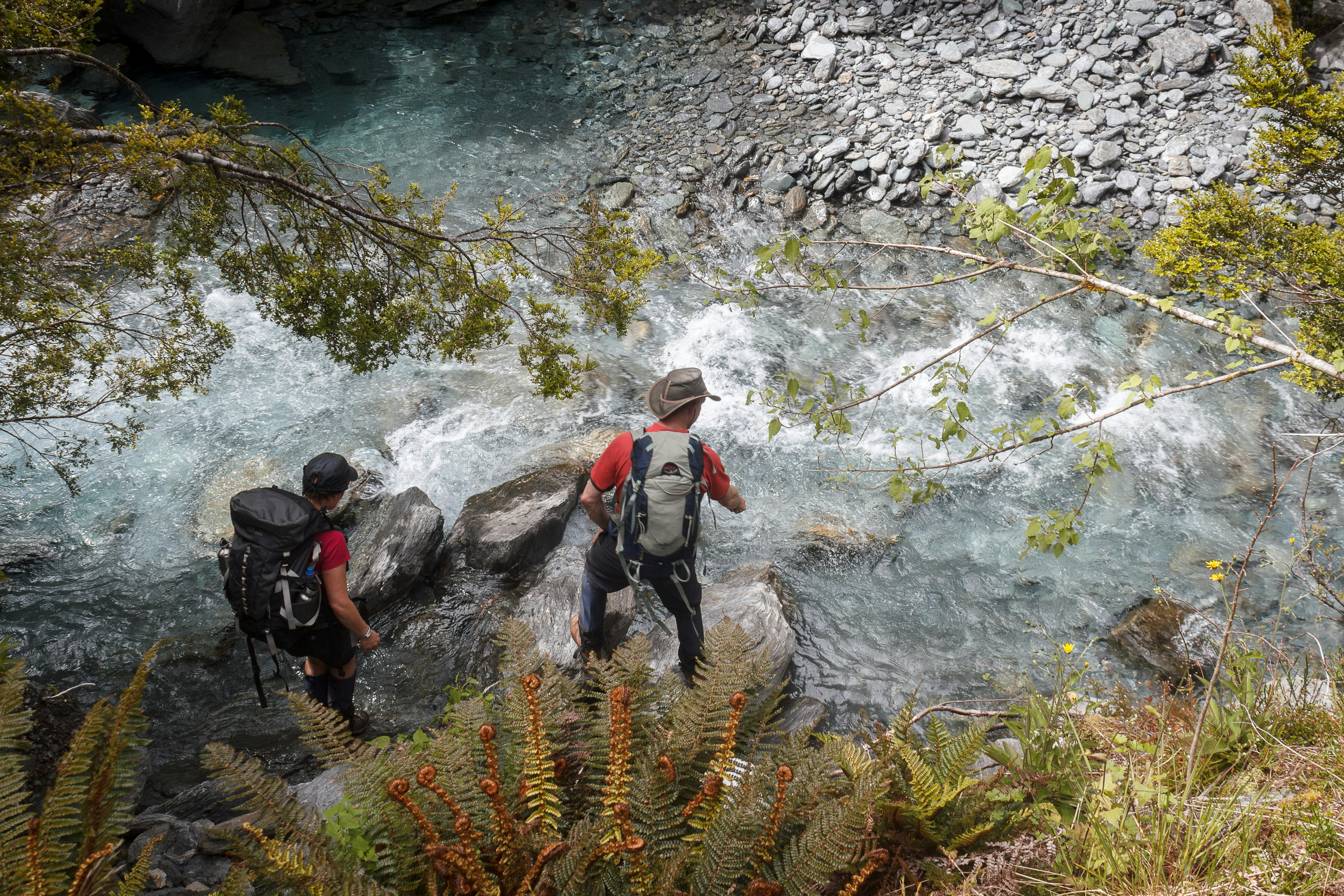After an alliance spanning 54 years, Federated Mountain Clubs will resign from Mountain Safety Council.
FMC president Jan Finlayson says the resignation – effective from July 1 2020 – is a response to the MSC’s decreasing value to the New Zealand outdoors community.
“Times have changed since 1965 when FMC helped set up the MSC,” Finlayson said. “We now have GPSs and personal locator beacons; outdoor clothing and other gear have improved hugely; club-based and professional instruction is readily available, and there’s a wealth of relevant online resources.
“The MSC isn’t relevant to most trampers, hunters, or mountaineers in its present format.”
FMC first expressed concern about MSC’s governance and purpose in 2014, when the council announced a new change in direction.
The controversial restructure saw the council close down its regional offices and outdoor training programme to focus instead on messaging through social media channels and ‘safety walls’ at visitor centres.
“FMC has tried hard to understand the MSC’s new identity as a data-driven, internet-based safety messaging organisation, but it’s problematic,” Finlayson said.

FMC president Jan Finlayson has pulled FMC support from the Mountain Safety Council.
“Firstly, that messaging, strongly focussed on tourist and beginner-tramper hotspots, is just a drop in a sea of online outdoor safety information that’s already provided by other agencies such as the Department of Conservation.
“Secondly, there’s danger in turning the lens away from the actual much broader scope of New Zealand mountain safety.
“And thirdly, the MSC’s use of data is questionable. For example, basic statistical significance tests can be absent, and ordinary outdoor afflictions such as blisters are mischievously recorded as things ‘going wrong’. And people having ‘mountaineering accidents’ in Auckland, as one MSC report claims, really stretches the imagination.”
Finlayson said few on the MSC council and board have a good understanding or connection to those using the outdoors, and outdoor organisations like FMC and the New Zealand Deerstalkers Association have little influence over the council’s actions.
“Such groups have no more say than council members with little direct interest in the outdoors,” she said.
Finlayson said the decision wasn’t made lightly, and it might be reconsidered on “strongly compelling grounds only”.
The Mountain Safety Council declined to comment on FMC’s resignation.
Background: How the MSC was born
Arnold Heine has been closely involved with the MSC since the very beginning, being a vice president of the FMC the year it created the MSC. Here he recounts the organisation’s formation.
- By the early 1960s, New Zealand Forest Service had cut many new tracks, erected suspension bridges and a great number of their standard four and six bunk huts
- This led to more New Zealanders venturing into the backcountry; many not connected with tramping clubs and relatively inexperienced in bushcraft skills
- There was an obvious need for basic bushcraft courses, supplementing those already provided by tramping clubs
- Meanwhile, following a number of serious alpine accidents, the Federated Mountain Clubs set up a task force to look at alpine climbing techniques and the need for a common club instruction system throughout New Zealand
- In November 1961, a refresher course for club instructors was held on Mt Ruapehu, followed by two further meetings in 1962 and 1963
- As a result of these meetings, an agreement was reached on the most acceptable techniques for the instruction of novice climbers
- The FMC’s Basic Instruction Manual for Instructors was published in 1963 and set the stage for a revitalised nationwide club alpine instruction system
- As the number of clubs and their membership grew, so did the need for a continuing Government-funded ‘mountain safety’ programme. This led to the formation in November 1965 of the permanent NZ Mountain Safety Campaign (later to become the NZ Mountain Safety Council)
- The aim of the Campaign was set out clearly in the FMC Bulletin, November 1965: ‘The aim of the campaign will be to encourage youth organisations to safely participate in mountain safety recreation and to reduce the incidence of mountain accidents by training, education, and publicity. In the main, the campaign will be directed, beyond mountain clubs, at leaders, or potential leaders, of youth organisations. The need to impart the lessons covering basic techniques is very great.’







